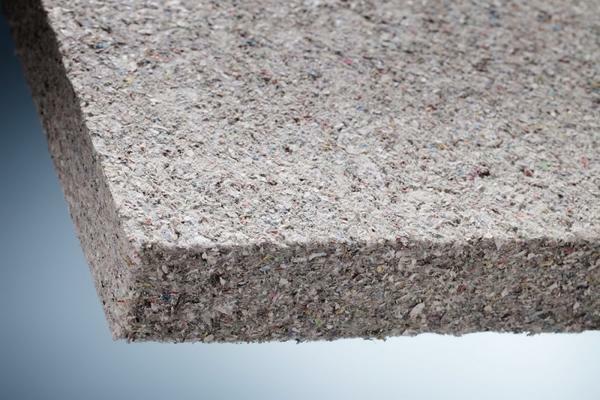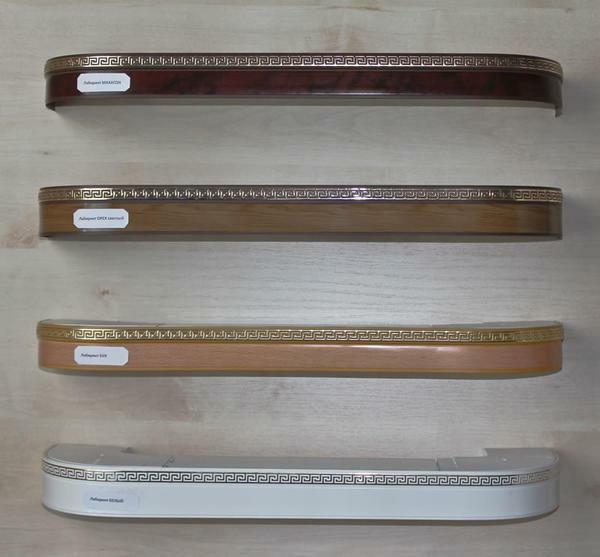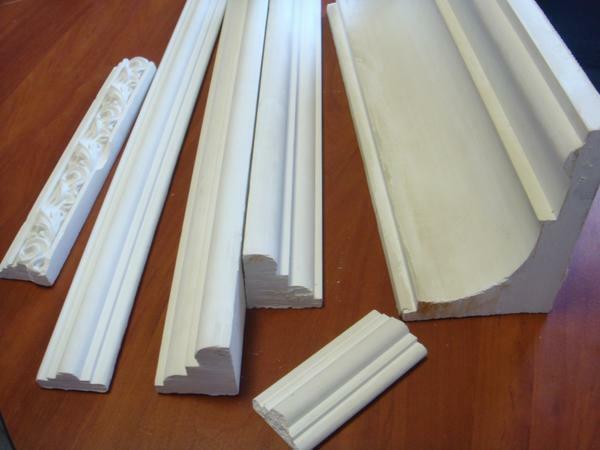 Properly executed the ceiling vapor barrier will provide warmth and comfort in the room for many years To be warm in the apartment, even in the winter, use a variety of insulation materials. For a better effect, it is customary to build a layer of vapor-insulating materials from above. To conduct this procedure, you can use all kinds of foil materials, Ecowool or Iso's. Prior to the installation of the vapor barrier layer, preliminary preparation of the ceiling must be made. Otherwise, steam or condensate may form in a wooden house or apartment.
Properly executed the ceiling vapor barrier will provide warmth and comfort in the room for many years To be warm in the apartment, even in the winter, use a variety of insulation materials. For a better effect, it is customary to build a layer of vapor-insulating materials from above. To conduct this procedure, you can use all kinds of foil materials, Ecowool or Iso's. Prior to the installation of the vapor barrier layer, preliminary preparation of the ceiling must be made. Otherwise, steam or condensate may form in a wooden house or apartment.
-
- which side you need to lay a vapor barrier on the ceiling
- Steam insulation Izospan film ceiling
- How to style film: step by step instructions
- Mounting old ceiling vapor barrier in a wooden house
- What other materials can be used for vapor barriers variousceilings
- Izospan installation vapor barrier( video)
which side you need to lay a vapor barrier on the ceiling
which side to put the vaportion on the ceiling?The vapor barrier layer must be located between the thermal insulation layer and the cladding. Proper laying depends largely on the material from which the vapor barrier is made.
If you use Isospan, then remember that the rough surface should be located on the inside. The smooth side of the material should be pressed against the sealing surface.
 Izospan insulating material should be laid with the smooth side to the sealing surface
Izospan insulating material should be laid with the smooth side to the sealing surface
If you are using a different material, follow these guidelines:
- polyethylene film can be placed by any party.
- Membrane materials should be laid in such a way that the icon is located on the wrong side of the vapor barrier layer.
- Penofol or foil materials should be correctly laid with the foil part inside.
- Polypropylene film should be laid smooth side to the warmth layer.
Izospan Steam insulation film for ceiling
a vapor barrier of the ceiling is best to use film Izospan. This material is unique, since it can prolong the life of the surface several times. In addition, the film Isospan prevents the accumulation of moisture and fungus on the surface.
If you plan to vapor-insulate the internal partitions of the room, then you can use Izospan film. This material should be mounted in the region of load-bearing frame elements. Mount the film to the ceiling with a construction stapler.
 Fixation of vapor barrier membranes is carried out with a special scotch Isospan SL
Fixation of vapor barrier membranes is carried out with a special scotch Isospan SL
The advantages of the Isospan film include:
- High strength. The vapor barrier film does not deform with time.
- Water repellent ability.
- Resistance to mold and fungus formation.
- Ease of installation. Laying of this vapor barrier material is carried out in the shortest possible time. In addition, you can lay Izospan film without the use of a large number of building materials. You only need a stapler or nails.
- Environmentally friendly material.
- Long service life. Manufacturers argue that this file can serve 40-50 years.
How to lay the film: Step-by-step instruction
The installation of the vapor barrier begins with preparatory measures. First you need to equip the cement screed. Also, do not forget to clean the surfaces of dirt and dust beforehand. If desired, it is possible to smooth the irregularities.
For the vapor barrier of the ceiling, a special foil film is needed, which is available in rolls. To fix the material, you need to make a metal or wooden crate.
 device mansard roof insulated with materials Izospan
device mansard roof insulated with materials Izospan
Placement is made in the following order:
- Expand the rolls.
- Attach the material to the crate. To fix, use a double-sided adhesive tape.
- Align the surface. However, remember that a slight sagging should take place to be.
- Proceed to the finish of the ceiling.
Installing a vapor barrier of an old ceiling in a wooden house
What kind of vapor barrier to choose for a ceiling finish in a wooden house?In this case, you can use ecowool. This material is made of cellulose, adhesive backing and antiseptic. Ecowool has high heat and vapor barrier properties.
You will need to install the eco-wool:
- Partitions made of fiberboard or kraft paper.
- Wooden slats. They should be fixed to the ceilings.
- Wooden bars.
- Blow molding machine.
- Drill with various nozzles.
 Ecowool is a reliable and inexpensive hydraulic and vapor barrier material used for finishing the ceiling in a wooden house
Ecowool is a reliable and inexpensive hydraulic and vapor barrier material used for finishing the ceiling in a wooden house
Sequence of installation of ecowool on the ceiling:
- Place the eco-wool in a container.
- Loosen material with a drill.
- Use the blow molding machine to lay the eco-wool.
If there are remains from the old thermal insulation layer on the ceiling, it is not necessary to delete them at all. Ecowool can fill all voids even in hard-to-reach places. Also a significant advantage of the material is its relatively low cost.
What other materials are used for the vapor barrier of different ceilings
There are different types of vapor barrier materials. Each of them has a number of its features and disadvantages. If you need inexpensive vapor barrier, you can use polyethylene. It will help prevent the penetration of steam into the house.
The disadvantages of polyethylene include:
- Low strength.
- The complexity of installation.
- Low lifetime.
 Roofing parchment is a versatile and environmentally friendly material used to protect surfaces from moisture penetration
Roofing parchment is a versatile and environmentally friendly material used to protect surfaces from moisture penetration
If you want to purchase a durable material, pay attention to the reinforced version of polyethylene based films. On this material there is a specialized reinforced coating, which is made of polypropylene. Installation of reinforced polyethylene is carried out with self-adhesive tape.
For vapor barrier insulation it is also possible to use:
- Polypropylene film. This material consists of several layers. The polypropylene film has a rippled surface, which reduces the likelihood of condensation.
- Breathable membrane. This material is made of synthetic materials. Laying the breathing membrane is made directly on the insulating layer.
- Pergamum. This solution will appeal to people who prefer environmentally friendly materials. Pergamum perfectly resists moisture, and prevents the formation of condensation. The advantages of this material include its low cost and ease of installation.
Installation of vapor barrier Isospan( video)
Selection of suitable materials is the key to a successful vapor barrier in the house. Experts recommend giving preference to environmentally friendly and durable materials. Pergamin and ecowool are perfect. If you are looking for a budget option, use foil or polyethylene. For steam insulation of partitions or hard-to-reach places, it is more expedient to use Izospan film.


